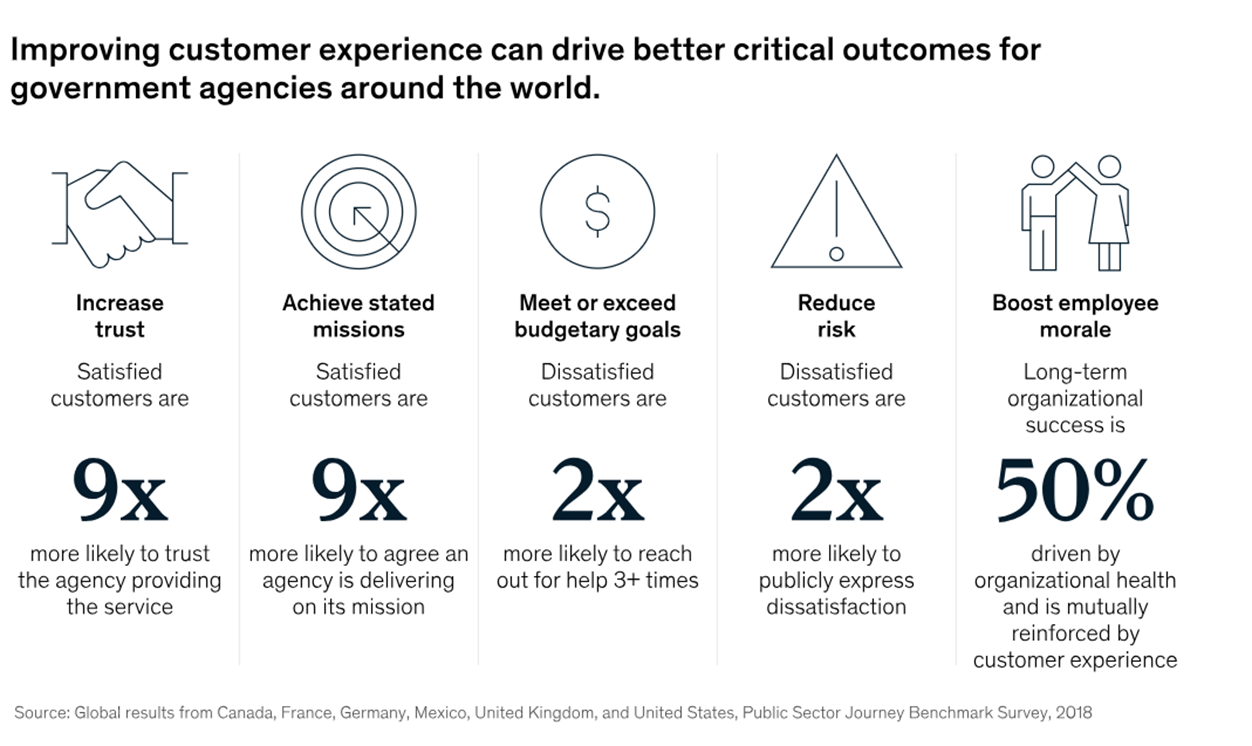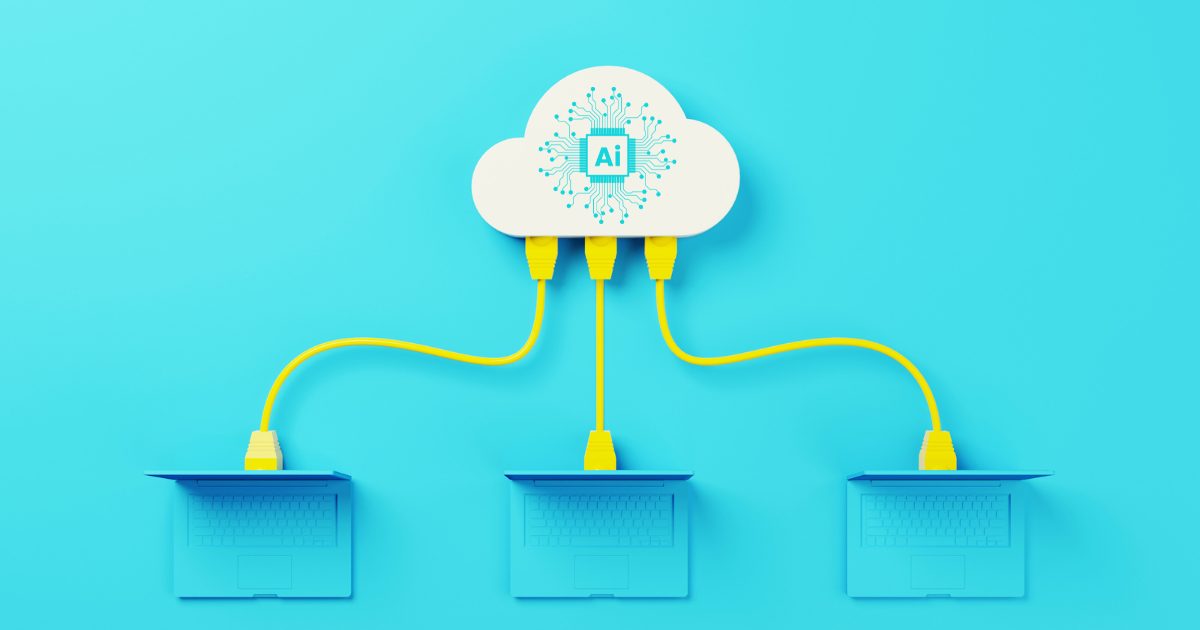UK government departments spend around £400 billion each year on the day-to-day running costs of public services, grants, and administration. In an era where digital transformation and modernization are the linchpin of progress, the UK government finds itself at a crucial crossroads. Despite the imperative for modernization, local governments are grappling with the challenge of delivering improved services with constrained resources. Tight budgets, limitations on council tax increases, and burgeoning populations necessitate a paradigm shift in how local services are conceptualized and executed. in how local services are conceptualized and executed.
The ubiquitous integration of technology into citizens’ daily lives has reshaped expectations for local government services. The demand for 24/7 access to council services has prompted a reevaluation of service delivery methods. Innovations such as Microsoft Copilot, machine learning, generative AI, and chatbots are becoming instrumental in making service delivery more cost-effective and faster.
The complexity of typical local government organizations, however, poses a significant hurdle. Juggling numerous disconnected systems and workflows leads to inefficiencies and service gaps. Addressing this challenge is pivotal for enhancing the overall citizen experience.
Key challenges and recommendations:
- Breaking Down Data Silos: Invest in integrated data management systems to facilitate information sharing across different departments, leading to more cohesive and efficient government service delivery. Utilize data analytics tools for evidence-based decision-making.
- Integrated Offerings: Adopt a citizen-centric approach with a unified platform that integrates various services. Leverage technology like mobile apps and online portals to create a seamless, one-stop-shop for citizens.
- Digital Transformation: Embrace digital initiatives to streamline processes, enhance accessibility, and ensure cybersecurity. Implement AI-driven solutions to automate routine tasks and improve overall efficiency in service delivery.
Many government authorities are now embracing a game-changing solution: automation combined with a unified platform. According to a recent report by the UK Cabinet Office, a staggering 73% of local government leaders see digital transformation as crucial for the future.
Take the example of the Australian government’s myGov platform, which consolidates access to diverse services like tax filing, healthcare, and social services through a single account. Automation features streamline processes, providing citizens with a seamless and user-friendly experience. Similarly in Singapore, the Government Technology Agency (GovTech) launched the Moments of Life app, a one-stop platform offering personalized information and services for citizens at different life stages. By leveraging automation, the app streamlines processes, eliminating the need for citizens to navigate multiple government agencies for different services.
The Internal Revenue Service (IRS) in the United States, has implemented online services to automate tax-related processes. This includes e-filing options, online payment systems, and automated tools for checking the status of tax returns, aiming to simplify the tax process and reduce paperwork for citizens.
These instances highlight the transformative power of automation in government services, making processes more efficient and user-friendly. Local governments and other public sector services need to follow suit.
Some common use cases for automation initiatives include digital document processing, cybersecurity, data protection, healthcare, and social services and these can have a major effect on customer experience. McKinsey’s research illustrates visible and measurable business impacts of improving customer experience for government agencies.

To get this kind of return on your technological investment, you need careful planning, properly devised deployment strategy and implementation, so that the automation solutions can be of genuine benefit.
This is where the choice of a technology solution provider becomes paramount. Your technology partner needs to work with you to ensure efficient, seamless, and responsible automation solutions that benefit citizens – and potentially reduce operational costs by up to a third.
Some key factors to consider when choosing a technology solution provider:
- User-Centric Approach: Your technology provider needs to focus on understanding users and their needs, aligning technology projects seamlessly with community and organizational requirements.
- Accessibility and Inclusivity: Citizen services must be available to all. Your technology partner needs experience designing technology, infrastructure, and systems to be accessible and inclusive, fostering a truly equitable digital landscape.
- Open Standards and Adaptability: By using open standards, you can ensure technology is easily upgradable, scalable, and can be managed and upgraded by any organization. Implementing custom-developed solutions can lead to instability and compatibility issues.
- Hybrid Cloud Solutions: The cloud provides cost-effective, scalable, and modern solutions – which can be extended in a hybrid environment where specific privacy or other compliance requirements are in place. Your technology partner should offer hybrid cloud solutions, providing secure, reliable, high-quality, and cost-effective services.
- Data Safety: Particularly in government organizations, data security is critical. Make sure your technology provider prioritizes keeping systems and data safe, recognizing that security breaches jeopardize data and compromise individual safety as well as organizational reputation.
- Adaptability to Existing Technologies: Many government entities are undertaking modernization initiatives, but still need to maintain legacy systems. Your chosen technology partner should ensure seamless integration with existing technologies, processes, and infrastructure while adapting to future demands.
- Increased Sustainability: Green initiatives and social responsibility are at the forefront of citizens’ minds. Consider how your technology solutions provider commits to increasing sustainability throughout the technology lifecycle, contributing to a greener and more environmentally conscious approach to digital transformation.
With a reliable ally to support you through digital transformation, local governments can feel confident embracing the digital horizon. Reach out to Andy Roe today and embark on a transformative digital journey that will redefine the future of local government services. Together, let us build a smarter, more connected, and citizen-centric tomorrow.



























